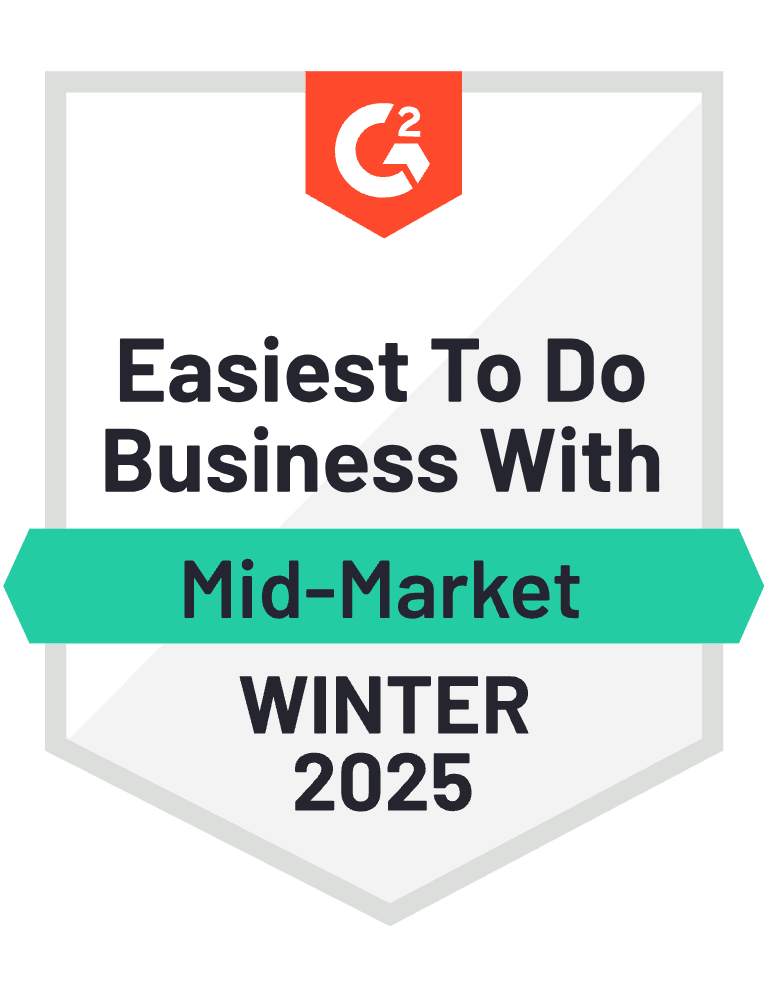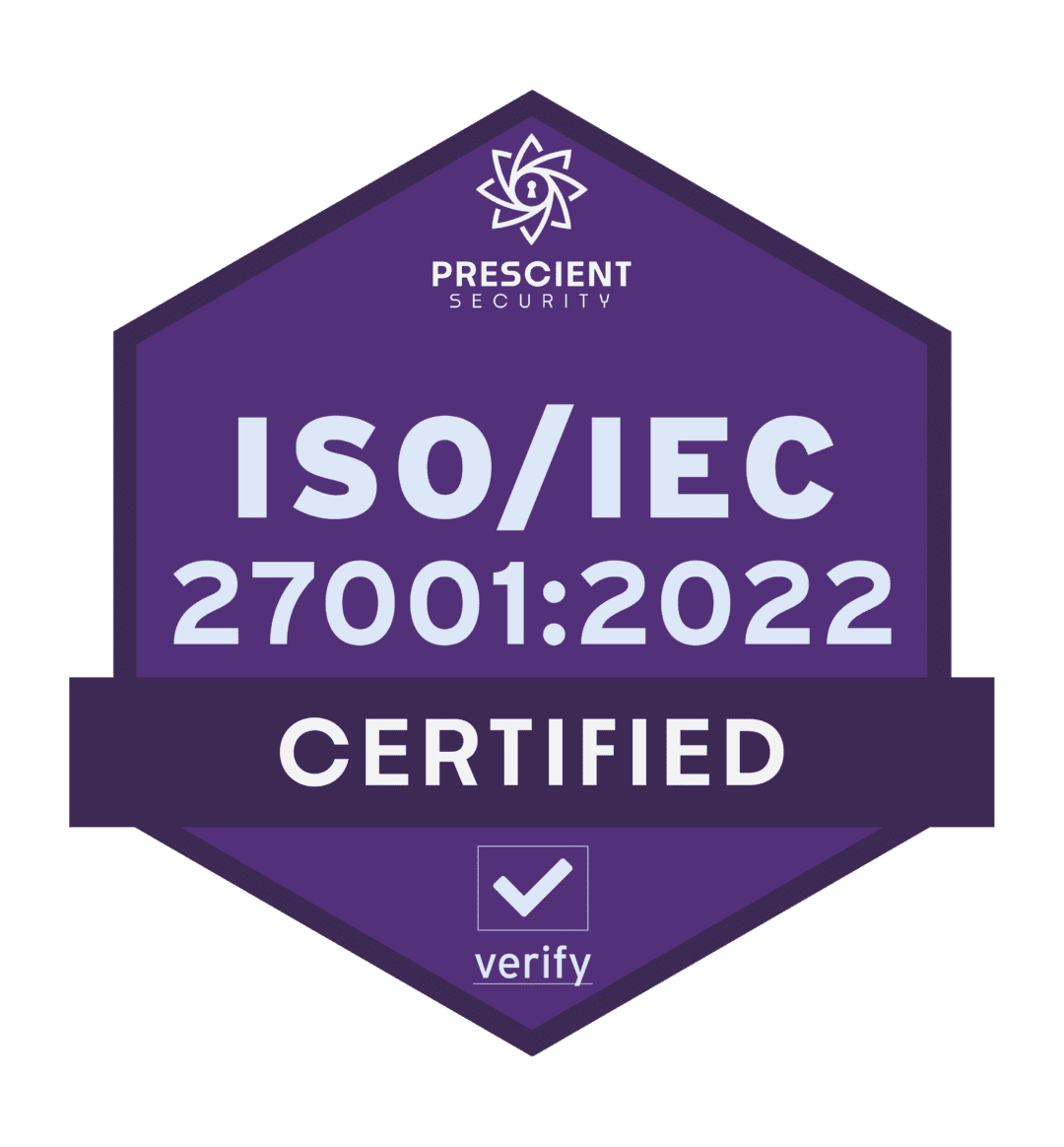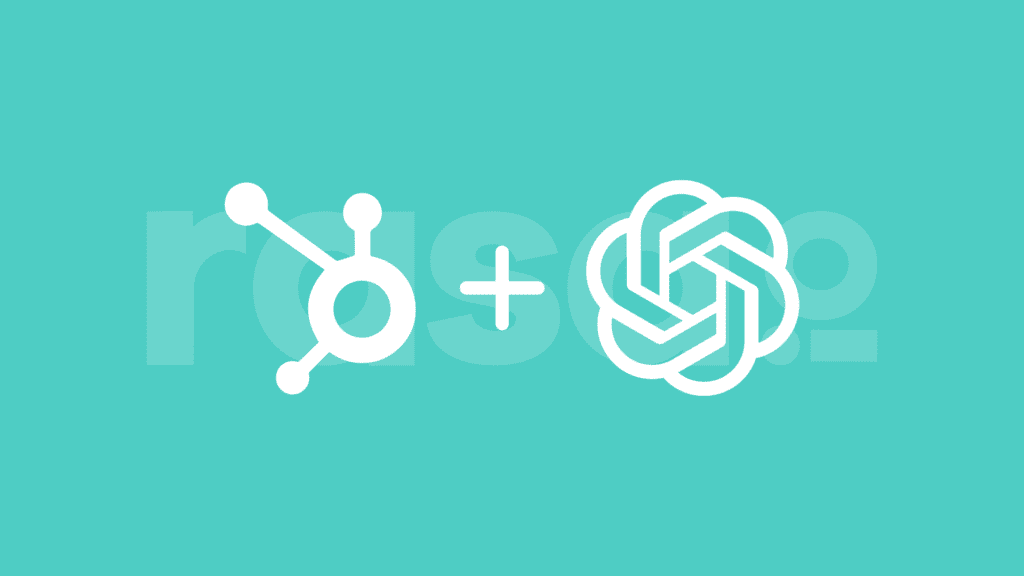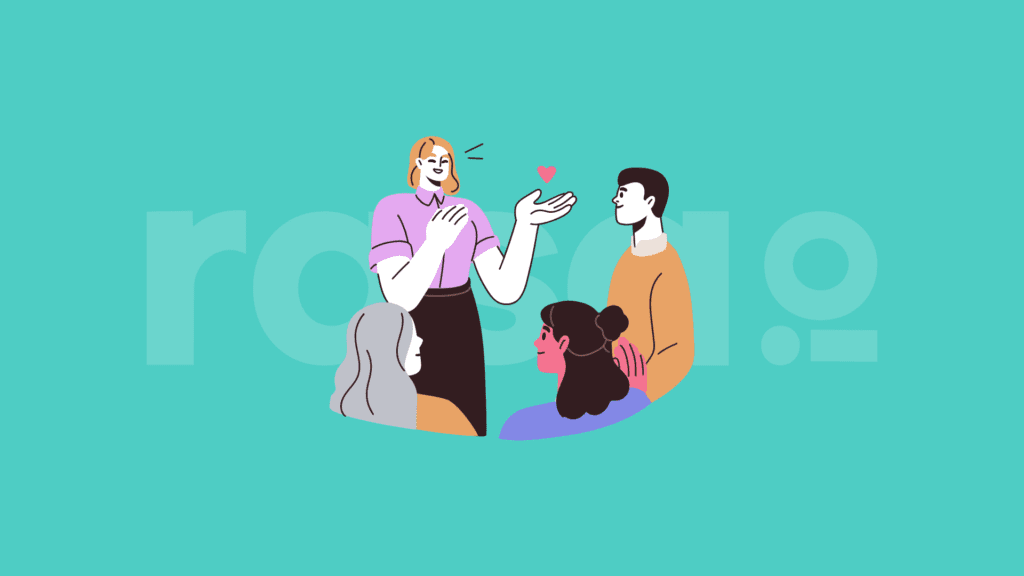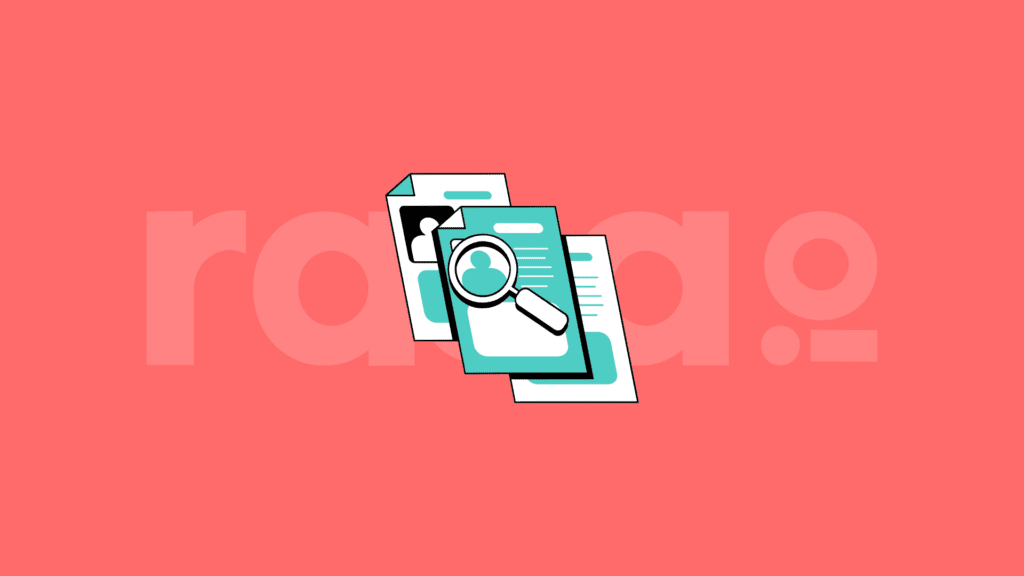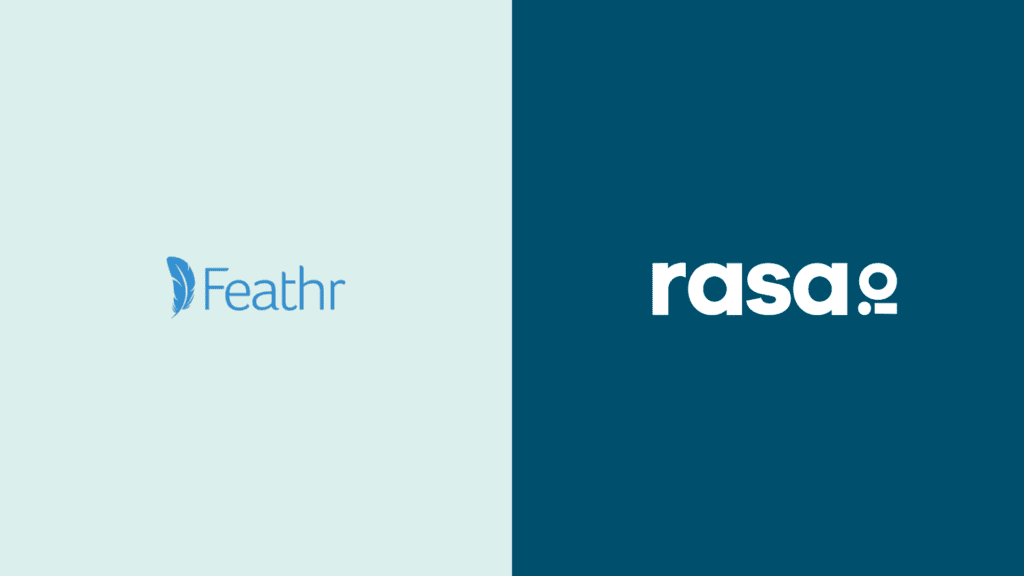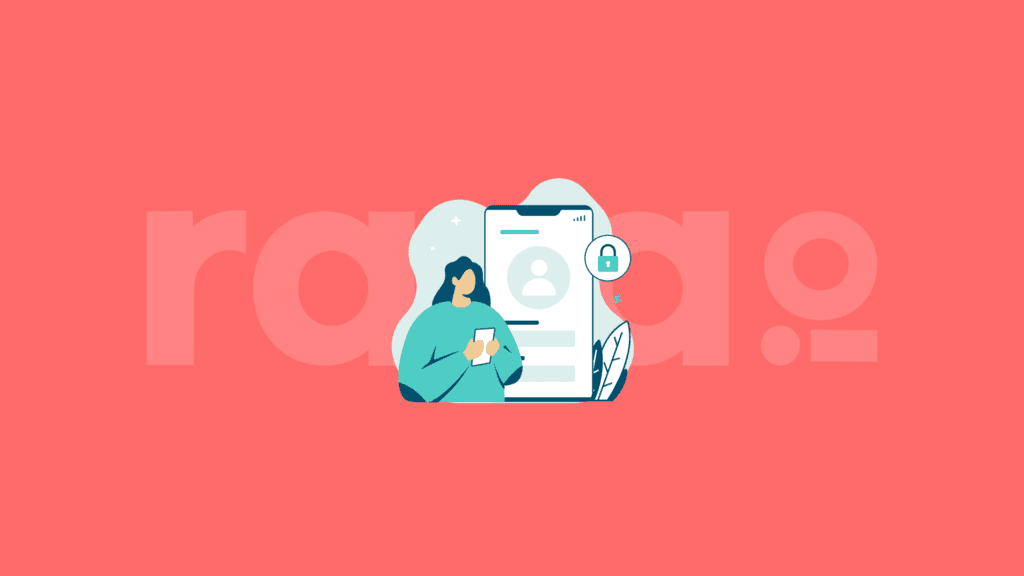Liz Willits
How an email marketing expert, who’s worked at AWeber, one of the earliest email automation platforms, reveals some of the ways we should be thinking about email deliverability and how testing, as well as copywriting, play a critical role in email marketing success. This is Liz Willits’ story on Pushing Send.
Liz Willits is a keynote speaker and marketing expert. Through her highly-rated webinars, online courses, speaking gigs, and email campaigns, Liz has taught hundreds of thousands of small business owners and entrepreneurs how to successfully grow their businesses online.
Key Points From This Episode:
- Unlike social media, an email list is something you own and you can use it on any email platform.
- A successful email marketing plan can help with business growth when it is done well.
- Email deliverability is important. ISPs like Gmail and Yahoo will determine if your email is going to go to the inbox based on engagement.
- Avoid getting marked as spam by trying not to trick people. No clickbait or frequently changing the sender name or email.
- Give people value instead of only trying to sell to your subscribers.
- Just because you feel a certain way does not mean your audience feels a certain way. People have all different kinds of thinking.
- You need to be catering to all of the people in your audience, whether they make quick decisions or whether they’re more thoughtful and they need more information before taking an action or making the decision.
- A/B tests show that copy matters. This can be tested with a big list.
- A subscriber survey can be the most direct way to learn what your audience wants.
- Interactive content and a visual hierarchy in your newsletter can help encourage your readers to click on content.
- A journalistic background and a copywriting background can be a really powerful combination for creating conversational emails that convert.
Tweetables:
“I think the most important skill for any marketer to have, is at least to have one copywriter on the team because good copy is the thing that makes people take action. Your email can look great, but good copy is what’s going to get people to take action.” – @LizWillits
“Think about email marketing, like a relationship with a friend or a family member and treat your subscribers like how you would want to be treated and how you would treat a friend and a family member.” – @LizWillits
“Just because you feel a certain way, does not mean your audience feels a certain way. This is how I feel and so my audience, they feel that way too. And that’s just not the reality. People have all kinds of different ways of thinking.” – @LizWillits
“A lot of people don’t feel still in the marketing world that copy matters and an AB test can clearly show that copy does matter.” – @LizWillits
“Really great writers know how to get the reader from A to Z in a story. They know how to tell a story without too much detail, but with the right amount of detail, to give the reader everything they need to know.” – @LizWillits
Links Mentioned in Today’s Episode:
Episode Transcript
Liz Willits:
One of the most undervalued things in the marketing world is copy. And so many marketing teams don’t have a strong copywriter on the team. It is such a mistake. And in the last few years, I’ve invested a lot of time in learning copywriting. And I think it is the most important skill for any marketer to have, or any marketing team, at least to have one copywriter on the team or to have a copywriting freelancer who is working with them regularly because good copy is the thing that makes people take action. Your email, your email can look great, but good copy is what’s going to get people to take action.
Bryan Kelly:
From rasa.io, the free tool for sending smarter and better email newsletters. This is Pushing Send, a show featuring people who send emails their subscribers actually want to read I’m Bryan Kelly and on today’s show how an email marketing expert took her experience working for a major email marketing tool, and now uses it to help clients dramatically improve their email ROI. Here’s Liz Willits telling me why she loves email. Since you spend a lot of your time helping others with email marketing, what is it about email that you find so interesting and intriguing?
Liz Willits:
I like to think of it as most marketing, we do like paid advertising, paid media. It’s like getting an Uber. So when you get the Uber, it gets you where you want to go, but each time you have to pay again and again, and again, to use that Uber gets really expensive really quickly and email marketing, building your own email list. It’s like owning a car. Now it takes work. It takes work to be able to get the car, but once you have it, it is so much more affordable and it’s a valuable asset that you own. So an email list is something you can take with you. It is yours, unlike a social media following social media followings, kind of like getting an Uber too. It’s something you own. And that you can take with you to any email marketing platform you have, and you don’t pay in most email platforms, you’ll pay per email. It’s just so much more affordable and it converts really, really well.
Bryan Kelly:
So what was the specific moment where you realized how amazing email is as a marketer?
Liz Willits:
Yeah, when I first started my marketing career, I worked at a small SAS technology company and I managed email marketing strategy at that company. We used email for mostly like occasional seasonal sales and for customer emails, we didn’t really use email to its full potential. Email is so unsexy, to be honest, that’s kind of how I viewed it. When I worked there my love of email marketing was sort of forced upon me because I got a job at a large email marketing platform. So they’re the company that gives marketers the email marketing platform to send bulk emails. Going in there. I was like, Oh, you know, email marketing, it’s not the coolest marketing channel, but I kind of want this job. So took the job started. I was doing a lot of the content strategy for that email marketing platform. You know, when you’re a content strategist, you have to educate others on how to use whatever you’re selling or how to do it. And so I started diving into the email marketing world, studying email marketing, studying what other email marketers were doing, studying what the hundreds of thousands of customers of the email marketing platform were doing, what the results were, what their sales were, and, uh, started to realize that, uh, it’s just insanely effective. I mean, it just really, really works when it’s done well. So many people have terrible email marketing strategies and then they’re like, ah, my email doesn’t work. And I’m like, ah, it’s probably, you know, your strategy has some issues, but yeah, just seeing how successful email marketing is and has been for so many businesses and then understanding email marketing and how to do it well. And then seeing business growth through running the email marketing strategy at an email marketing platform, because I also helped run their email strategy. Yeah. It was the results that convinced me.
Bryan Kelly:
Were there some key lessons that you learned during your time at AWeber?
Liz Willits:
One of the big things I took away that a lot of people don’t understand is knowledge about email deliverability. So many email marketing platforms outsource their sending the sending of their emails to another company that is actually doing the sending of the emails for them like SendGrid, for instance. At AWeber, they have an in-house email deliverability team and an in-house infrastructure to send the emails and because of that, I learned a lot about what it actually takes and a big part of it is sending content that your audience wants and that they expect so that they want it. They’re going to engage with it. And this people are opening and clicking. That’s one of the primary ways ISPs like Gmail and Yahoo will determine if your email is going to go to the inbox, engagement really matters. And then that they expect it. You’re going to get a lot of spam complaints. If you send an email people don’t suspect or expect. And it’s also really interesting to see an email deliverability team and how, how email marketing platforms who have in-house deliverability, the measures they take to prevent spammers from using the platform.
Bryan Kelly:
Now, how do you make some of these technical deliverability concepts palatable for folks you work with people that don’t know anything about this stuff?
Liz Willits:
Yeah. One of the ways I try to explain it to people is always think about email marketing, like a relationship with a friend or a family member and treat your subscribers like how you would want to be treated and how you would treat a friend and a family member. Hopefully you treat your friends and family members well, but that kind of thinking will impact a lot of what you do inside your email marketing strategy. And that will also impact your email deliverability. So for instance, I don’t sign people up for stuff and send them stuff they don’t want try to give them content that they actually want, that they actually engage with because you’re not going to be spamming. Hopefully you’re not spamming your friends. Don’t frequently change your email sender name, because then how is your friend going to recognize you and frequently changing your email sender name is, can get flagged by Gmail and Yahoo, because they may think that you’re trying to trick someone into thinking you’re someone else. So that’s a no. Don’t use clickbait subject lines because it’s again, tricking people. That’s not what you do in a good relationship. You don’t try to trick people because again, that will piss them off and increase unsubscribes and spam complaints. So I usually tell people think about it like a relationship, treat your subscribers, as you would treat a person. You know, don’t be always stuffing sales, emails down their throat, send them valuable content. That’s a big issue in the email marketing world. People just want to use it as it is a platform to sell, but that is all they’re using it for. And it’s this one sided relationship. It’s like the, a sales person who shows up at your door every day, knocking on your door, trying to get you to buy something. And you’re like, well, you were just here yesterday, giving people value is something I really drive home with clients. And there’s all kinds of ways to give value content marketing free educational content is a big way. If you’re in B2B works for some B2C companies, if you’re in e-commerce or B2C things like product buying guides, discounts and sales are always to give value like a gift list for gift ideas for your husband, uh, is another way to give value in the e-commerce world. But it also helps to drive sales, but you’re also giving value.
Bryan Kelly:
You just referenced the golden rule, which is treat others the way you want to be treated. There’s a book called The Platinum Rule, which takes that idea and turns it into treat others the way they want to be treated. So a perfect example is a New Yorker who moves to LA. If they treat folks from LA, like how they want to be treated as a New Yorker, that’s not going to go over very well. So it’s an interesting way to think about the other person on the receiving end and what they need. That’s where you can start to build a relationship.
Liz Willits:
Hmm. I love that. I think that’s one of the beginning marketer mistakes 101 is assuming that your audience thinks exactly the way you do that. They feel exactly the way you do. One of the common things I’ll hear from people is, well, I don’t buy anything out of emails. So I don’t think my audience is going to either. Whereas in reality, the data shows that people like to get in general, like to buy via email. And it’s the same thing with any kind of marketing content, just because you feel a certain way, does not mean your audience feels a certain way. And I remember thinking that early on in my marketing career, Oh, well I think about this this way. And this is how I feel. And so my audience, they feel that way too. And that’s just not the reality. People have all kinds of different ways of thinking. Different ways that they come to decisions. One of the big things in the copywriting world is everyone assumes that people want short copy because it takes up less time to read it. And no one’s going to read long content, but there are a lot of people who need a lot of copy and time to make a lot of convincing to make a decision. Then there are quick decision-makers and so you need to be catering to all of the people in your audience, whether they make quick decisions or whether they’re a more thoughtful and they need more information before taking an action or making the decision.
Bryan Kelly:
When we come back, Liz shares the process, she took at AWeber to revamp their longstanding email newsletter. Plus she describes how she collaborated with a coworker who had a journalism background while she holds the perspective of a direct response copywriter. I’m Bryan Kelly, and you’re listening to Pushing Send from rasa.io.
rasa.io:
Creating email newsletters takes a lot of time. You might curate articles, write content, tweak your template, and look up metrics and not to mention you’re probably doing all of this once a week. Well at rasa.io, we said enough and built a free tool to simplify the process, which saves you time. It also uses AI to personalize emails for each subscriber based on their interests. That means they get stuff they like to read. I want to see how it works. Visit www.rasa.io and click how it works.
Bryan Kelly:
Welcome back to Pushing Send, I’m Bryan Kelly. Liz has become skilled in her application of direct response copy. And she’s learned a lot about how it can help create an effective email newsletter. She’s also learned quite a lot from a coworker with a background in journalism too. Here’s Liz explaining this further, you and a colleague at AWeber revamped the company newsletter, and a big piece of that was a focus of quality copywriting. What was that like? How did you sharpen those skills?
Liz Willits:
Yeah. So when we revamped that newsletter, that was more of a design first approach because at that point, yeah, like I knew, I knew that I should be spending more time on copywriting and thinking about that, but it was a content and design approach to it. I would say the revamp itself, we were focusing on a really good design and layout for the email, but also how can we deliver varied content of value to the audience and not just have our free latest blog posts right in the newsletter, we revamped the newsletter to include a lot of interactive elements in it, like a Q and a with the audience. We even had interactive surveys in that newsletter. And so really effective from a content perspective. But I wasn’t necessarily thinking about it from a copy perspective with the rebrand, but then after the rebrand, all the copy and the newsletter is what I started to focus on and learning copywriting. So I’ve just really dove into the copywriting through the copywriting world, through a bunch of different resources and had the opportunity to test. One of the cool things is to be able to test what works and what doesn’t with a really large email list and to do AB tests with a really large email list and just see as from a copy perspective, what’s working, what’s not, and also part a big part it was showing people on the team that copy mattered because a lot of people don’t feel still in the marketing world that copy matters and an AB test can clearly show that copy does matter.
Bryan Kelly:
I’m curious how you went about the testing of that newsletter to understand what the audience wanted and needed from AWeber?
Liz Willits:
Yeah, I mean, so it’s not super, uh, fascinating necessarily, but we ran a huge subscriber survey that, you know, surveyed all the subscribers had a longer form survey to ask them exactly what they wanted. It’s pretty simple approach. I mean, it’s the most direct way to learn what the audience wants. And then we did a split test or AB test different variations of the new versus the old newsletter, and then looked at how our clicks spread looked in the old newsletter versus a newsletter, a big thing that we changed, um, by clicks spread. I mean like how was our design encouraging people on how is our content encouraging people to click on certain things and not others? Because it was, it was a digest style newsletter with multiple pieces of content. So one of the things that our old newsletter used to share three of our most recent pieces of content and the hierarchy, the visual hierarchy for those three pieces of content was identical. So it was like image, headline, description, text, button, image, headline description, text button, three of those stacked on top of each other first. I mean, there’s a couple of features that first off, like it’s not, there’s no visual hierarchy to it. Second off. It didn’t really fit with our content publication schedule because we weren’t publishing three new pieces of content every week, but we were putting equal attention. So what we would do is share articles. We’d already published or pieces of content we’d already published, and we’re putting an equal attention on these new pieces versus the old pieces. So the new newsletter had a huge featured content piece section in the top of the newsletter and then had a very much smaller sections for other pieces of content. It increased the percentage of people that were clicking on that main featured piece of content, which was good because we typically would have one really great new piece of content each week. And so that’s what we were focused people on.
Bryan Kelly:
What else did you learn?
Liz Willits:
We heard a lot of very specific questions from subscribers and realized that we weren’t going to be creating a blog post to answer every single one of these questions. And so what we did was we added a question form into each newsletter. Then we would answer those questions within the newsletter, too. We kind of like a Q and a section. I don’t know if you’re familiar with it. We incorporated the amps for email and the newsletter in a lot of different ways, which made it so much more interactive. We had a form in the newsletter that people could directly fill out to enter their questions right in the email. And we’ve, we did, um, interactive educational quizzes. So around common questions that we would hear. So one of the common questions we’d get in that newsletter submission box let’s see was the whole debate around do plain text emails. Do they have a better chance of reaching the inbox? And the answer on that is no, there was nothing about plain text emails that makes them more likely to reach the inbox. It’s a bunch of other factors that go into that. And so we created a true or false interactive quiz. If you answered the question was plain text emails, have a greater chance of reaching the inbox true or false. And if you answered true, it would say like incorrect. Here’s why an explanation, and this would all appear right in the email. And it would also tell you what percentage of people answered true and what percentage of people answered false in real time inside this email. So we did a lot of really cool interactive things within that newsletter, which I was geeking out about. Of course.
Bryan Kelly:
Hmm. So how did you come to the decision to write the newsletter in a conversational tone from an editorial perspective?
Liz Willits:
I was definitely influenced by newsletters like The Skimm, like Finimize, like Morning Brew that take a really conversational tone. And, um, so that was definitely a huge factor in that. We also had a phenomenal writer join our team around that time, who just a phenomenal, phenomenal editor who had worked for Nat Geo ,who worked for Men’s Health and Women’s Health as one of their head writers, her name’s Jill Fanslau and she’s had a huge influence on our entire team and our entire strategy. And she definitely helped us bring in that conversational tone for her too. So it was a mixture I would say of the inspiration out there and how in the newsletters, like the Skimm and her phenomenal editorial skills.
Bryan Kelly:
It sounds like you and Jill had very different backgrounds with varied perspectives. What was that like? Was there a lot of back and forth or debate about approaching content a certain way?
Liz Willits:
Oh yeah, definitely. So, I mean, I had more of the marketing direct response background and she, yeah, definitely had the journalism background. It was cool because I loved working for her because she, we would both bring our perspectives to the table and kind of use a combo approach of it. And we both learned a ton from each other. So definitely there were times where I was like, Oh, this is great for the journalistic world, but we, you know, we, we need to take a marketing approach here. We need to take a conversion copywriting approach here at direct response approach here. And there were definitely times where her journalism background would lend a ton of, of just like a new approach to marketing. Because I think sometimes that that combination is really powerful because in the marketing world, we have a lot of people, they might be terrible at copywriting and they’re terrible at writing or they’re good at copywriting. And I think we need more people with that journalistic writing background because it’s just hugely helpful. And I mean, change the way that I thought about things for sure.
Bryan Kelly:
Seems like there was a great collaboration between each of you. So what did you take away from working together?
Liz Willits:
Both journalists and marketers and people who are focused on conversion, direct response people. What they have in common is both need to understand how to tell a story, whether that story is like, why you should buy this thing. Or the story is a piece of news where all the details need to come out. And one of the ways that really great writers are able to think is they know how to, even if they haven’t a deep understanding of a topic, they know how to get the reader from A to Z in a story. And they know how to tell a story without too much detail, but with the right amount of detail, to give the reader everything they need to know. And that’s a skill that journalists and great copywriters have in common, it’s like a logic puzzle. And, and a lot of people are surprisingly. I mean, it surprises me sometimes a lot of people that that’s not natural for them. It takes a lot of study and practice.
Bryan Kelly:
Liz could have battled her colleague when it came to decisions around email newsletter content, but she saw the power in collaboration. So is there a way you might be able to bring an outside perspective to further improve the content of your email marketing? There’s an opportunity waiting, coming up on our next episode, we’ll hear from David Hieatt, the founder of a cult denim brand who used an email newsletter to resuscitate a marketing program that was literally dead and lifeless. David shares the secret of a truly attention grabbing email newsletter, and he describes how to have a simple, yet systematic process for doing it consistently. You won’t want to miss what David told me during our conversation. So if you’re listening to Pushing Send for the first time, be sure to subscribe at Apple podcasts or wherever you’re listening so you don’t miss an episode. And if you’ve enjoyed what you’ve heard, we encourage you to check out a few other episodes while you’re here, lastly, leaving a review will help us share these stories with others. Like you, thanks in advance for doing that. I’m Bryan Kelly, and you’ve been listening to Pushing Send from rasa.io.






